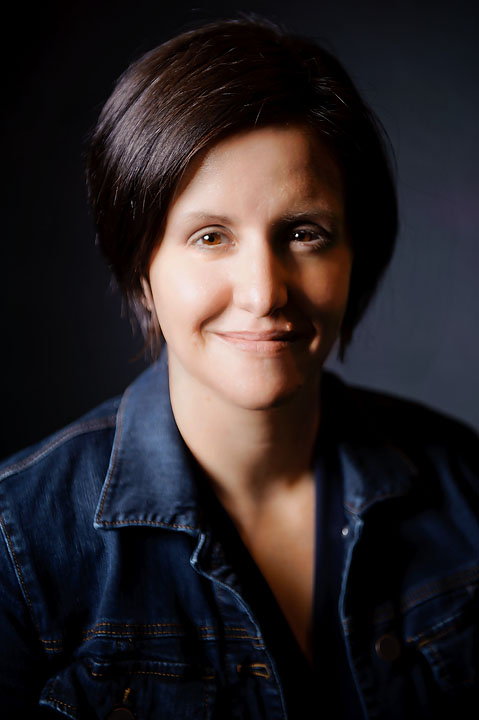While beneficial, that student side is just one way in which Ally can help instructors make their course content more accessible. The primary way instructors will interact with Ally is by engaging with accessibility indicators and the instructor feedback panel. Accessibility indicators, which are only visible to instructors, will appear on content in a Canvas course. When an instructor selects one of those indicators, the instructor feedback panel opens and provides guidance on what accessibility issues the content has and directions on how to correct them.
The reason Ally takes this two-pronged approach to correcting accessibility issues is because doing so allows it to provide instructors with the training and tools they need to make course content accessible from the start.
"Faculty are not trained in accessibility issues," LaForge said. "I think that’s one of the nice things about Ally. You don’t need a whole lot of knowledge about Universal Design for Learning (UDL) or these different standards. Ally produces recommendations for changing things that make a lot of sense."
LaForge said that in her experience, the process of correcting accessibility issues in Ally is not difficult. "Anything we can do to make accessibility more prevalent in our courses without adding additional workload to faculty is very important," she said.
Ally (like any accessibility checker) is not without its issues, though. Specifically, the way in which Ally ascribes an accessibility score to a course and highlights all issues at once can be overwhelming to instructors who have an already-heavy workload. The course accessibility score is present on the Course Accessibility Report, which is a feature of Ally that provides faculty with a summary of all accessibility issues in their courses. Just like with the accessibility indicators, students do not see the Course Accessibility report. In addition to overwhelming people, one other downside of the report is that it can be perceived to put pressure on faculty that all course content must be perfect.
Accessibility, like most things, is a spectrum and can always be improved upon. Ally is intended to provide instructors with the resources they need to make incremental changes to their course content over time to move content up that spectrum. The focus should not be on the course accessibility score, but on the way in which Ally can help prioritize the changes to course content over time.
"Maybe I know I'm not going to get 100%, but can I move my course from a 40% to 50% this time around and keep working on it?" LaForge said.


